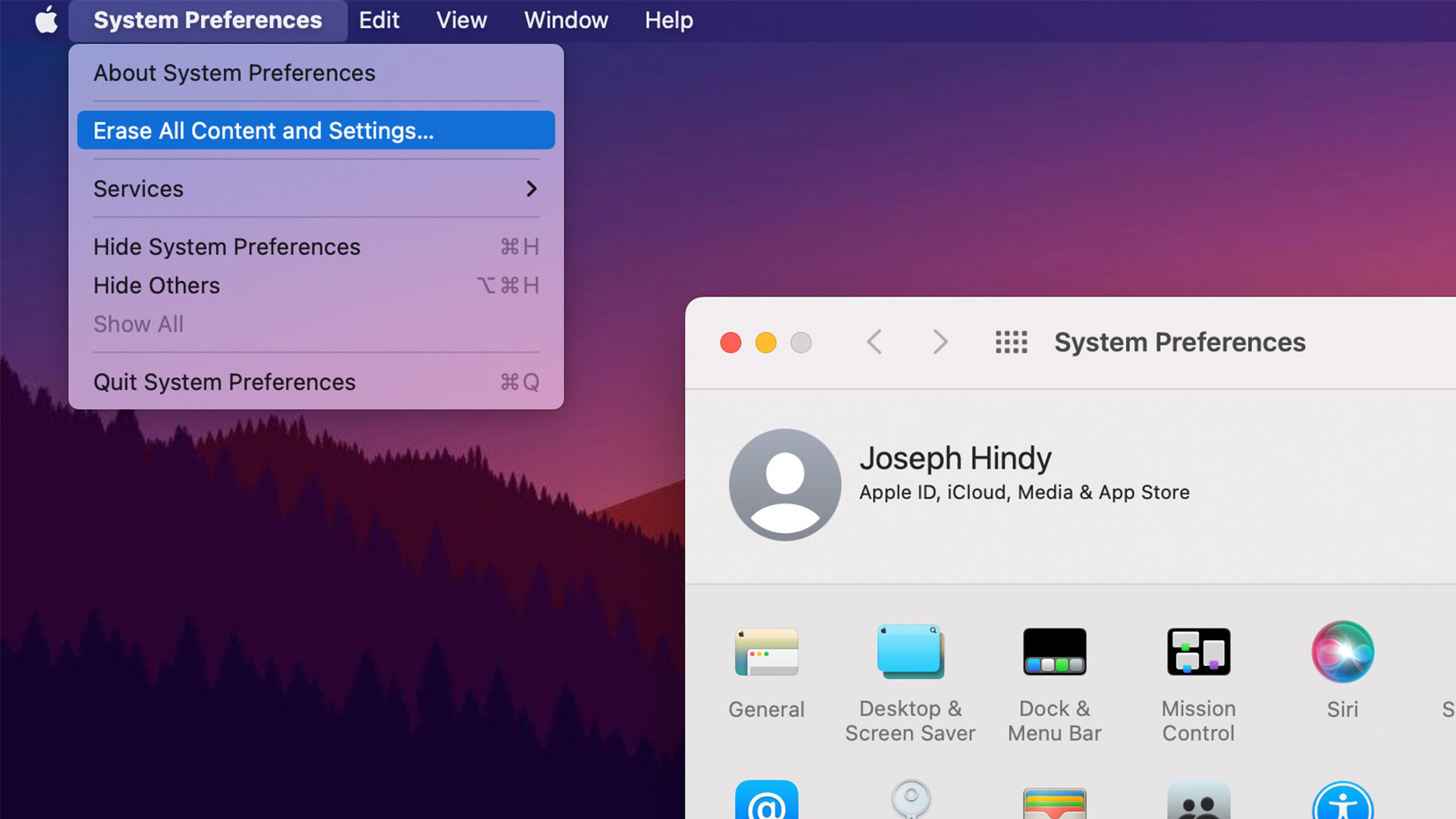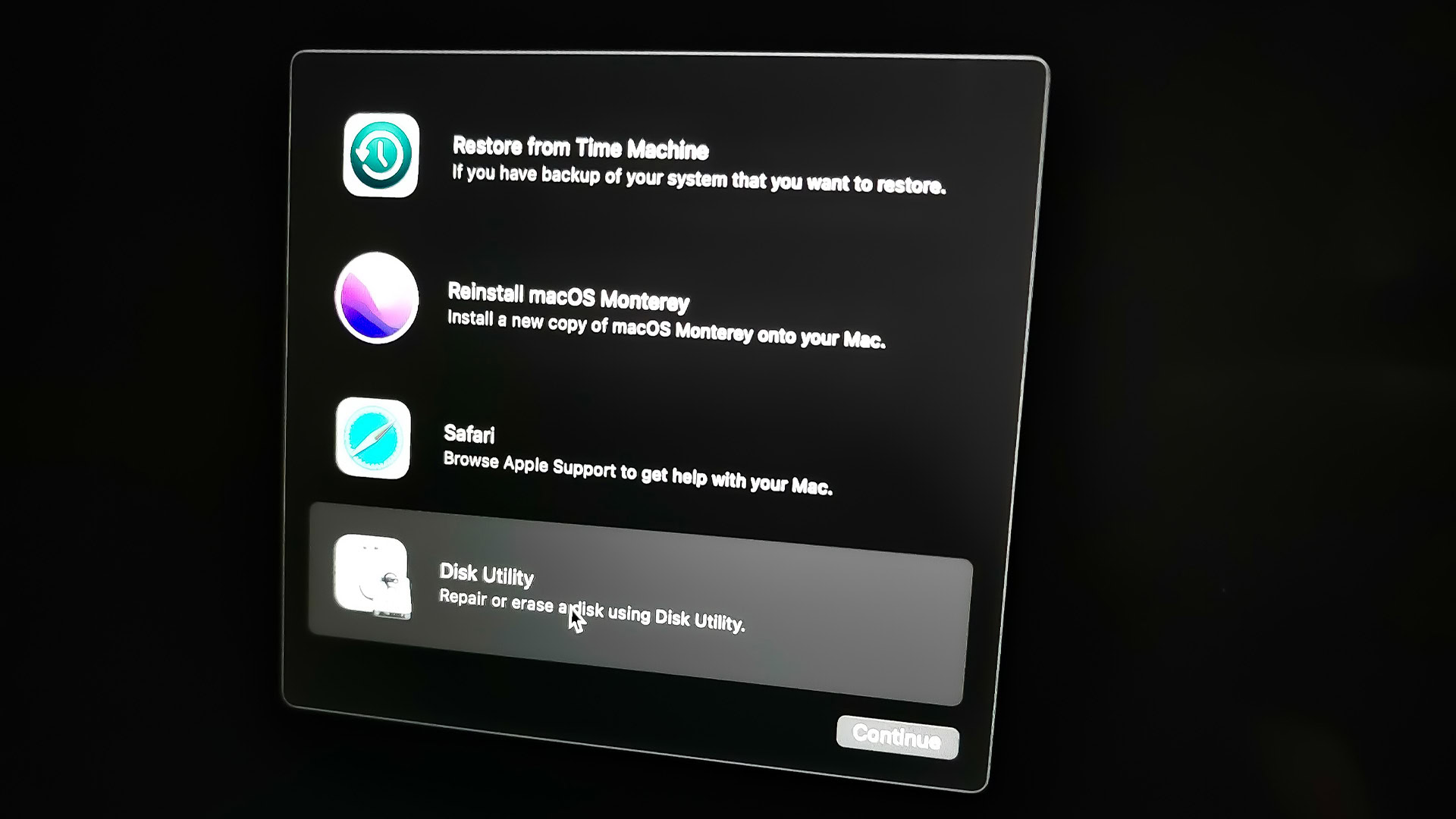Affiliate links on Android Authority may earn us a commission. Learn more.
How to erase and factory reset any Mac
There are a lot of reasons to factory reset a Mac. You may be selling it, fixing an issue, or just doing it for the sake of maintenance. Whatever the reason, Apple makes it relatively easy to factory reset a Mac. In this tutorial, we’ll show you two different methods that should work for all Macs. Please remember to back up your data first, though, because there is no getting it back after a full reset. Finally, this should work for all Macs, including MacBooks with both Intel and Apple processors.
Note — If you have an older Mac with a Windows partition via Boot Camp, make sure to delete your Windows partition with Boot Camp before doing a full reset.
Also read: How to delete an iCloud account
QUICK ANSWER
To factory reset a Mac, tap the Apple Logo in the top left corner and tap System Preferences. Then, at the top of the screen, tap System Preferences again and click Erase All Content and Settings. Follow the directions, and your Mac will reset.
JUMP TO KEY SECTIONS
How to factory reset a Mac with System Preferences

This is the easiest and quickest method to factory reset a Mac. However, this method only works on Macs with Apple silicon or an Apple T2 Security Chip. Other Macs won’t be able to use this method.
- Before you start, remember to back up any important files.
- Tap the Apple Logo in the top left corner of the screen.
- Click System Preferences.
- Once the window opens, go back to the top of the screen and click where it says System Preferences.
- Select the Erase All Content and Settings option.
- Enter your password to continue.
- The Erase Assistant will guide you through all the steps, such as logging out of your iCloud account and optionally backing up your Mac.
- Once done, the system will reboot to a black screen. You’ll be asked to connect to a Wi-Fi network so your Mac can activate again. Tap Restart once that’s done.
Once rebooted, it’ll be like your Mac just came out of the box. This is a fast and effective way to erase everything.
How to factory reset a Mac with Recovery Mode

This method is a little more time intensive, but it should work on all Macs currently on the market.
- To start, backup any files and then log out of everything, including iCloud and your Apple ID.
- Once done, shut down your Mac and boot it into recovery mode.
- For most older Macs, hold down Command+Option/Alt+R and hit the power button to turn it on. Some Macs may need Command+R instead. Macs with Apple Silicon can just hold down the power button.
- Choose Options if necessary, select your profile, and enter your password.
- In any case, select the Disk Utility option and hit Continue.
- Select the Macintosh HD option from the left margin, and then click Erase.
- Follow the process until your hard drive is erased. Quit Disk Utility.
- Choose to Reinstall macOS. Follow the steps. It should be pretty linear.
- Once done, the Mac will reboot and turn on like it just got out of the box for the first time.
- Apple recommends resetting your NVRAM as well. You do this by booting and immediately pressing and holding Option+Command+P+R for 20 seconds. You can read more from Apple here about it.
This is an excellent method because it actually deletes everything. There should be no files left, nothing to remember you by, and nothing to identify you. This is a great method for people selling their Macs.
Up next: How to partition and format an external hard drive on Mac
FAQ
There is no way to recover your data after a proper factory reset. That is why we recommend backing up your Mac before resetting about a half a dozen times in this article.
There are a few different things. If you’re using a wireless keyboard, you’ll want to try a USB keyboard since the keyboard may not register as connected until it’s too late. Also, there are a few different commands that we list above. Try all of them.
Yes, but the process is understandably more complicated. Apple has a tutorial specifically for that. You can view it here.